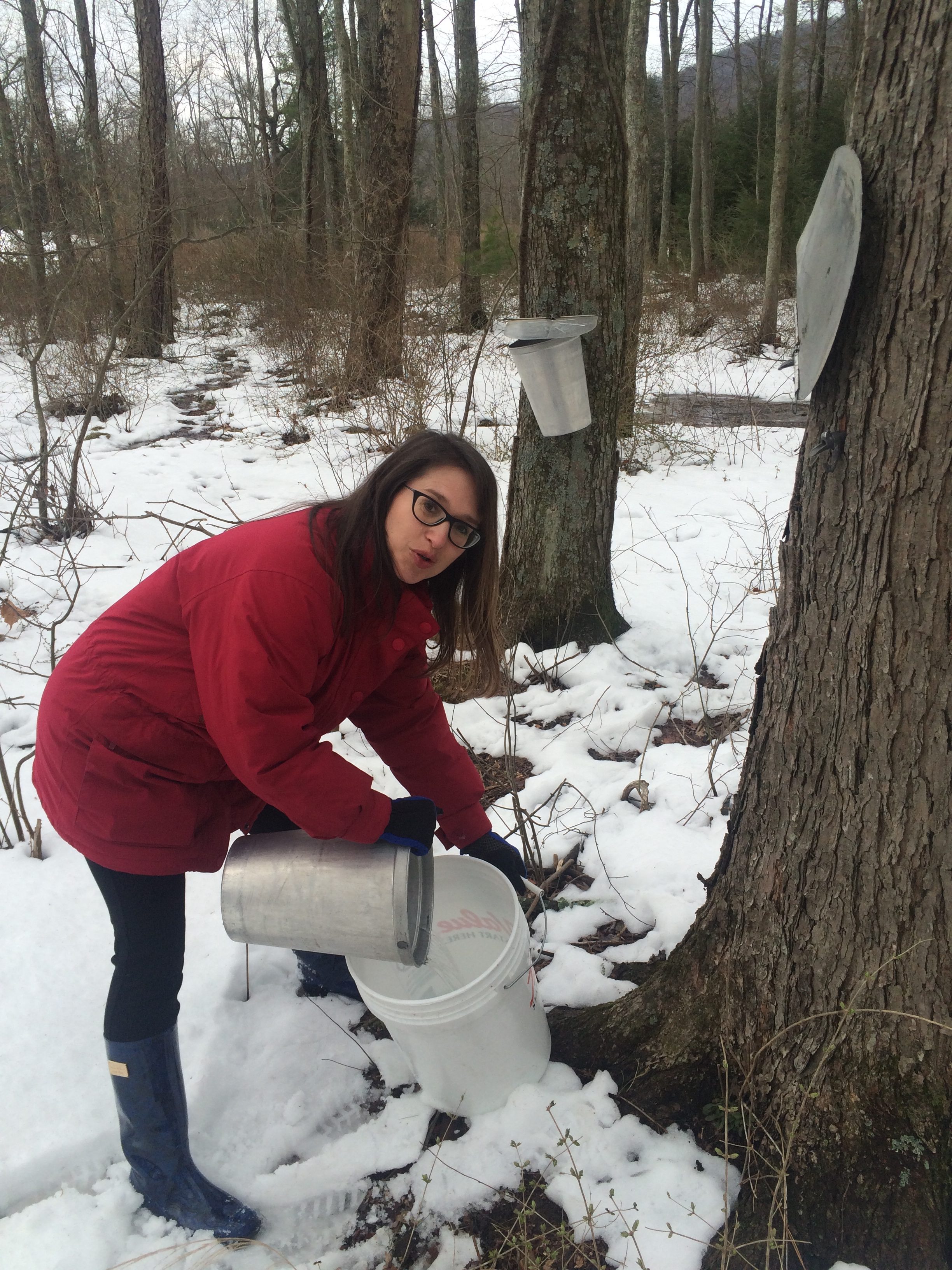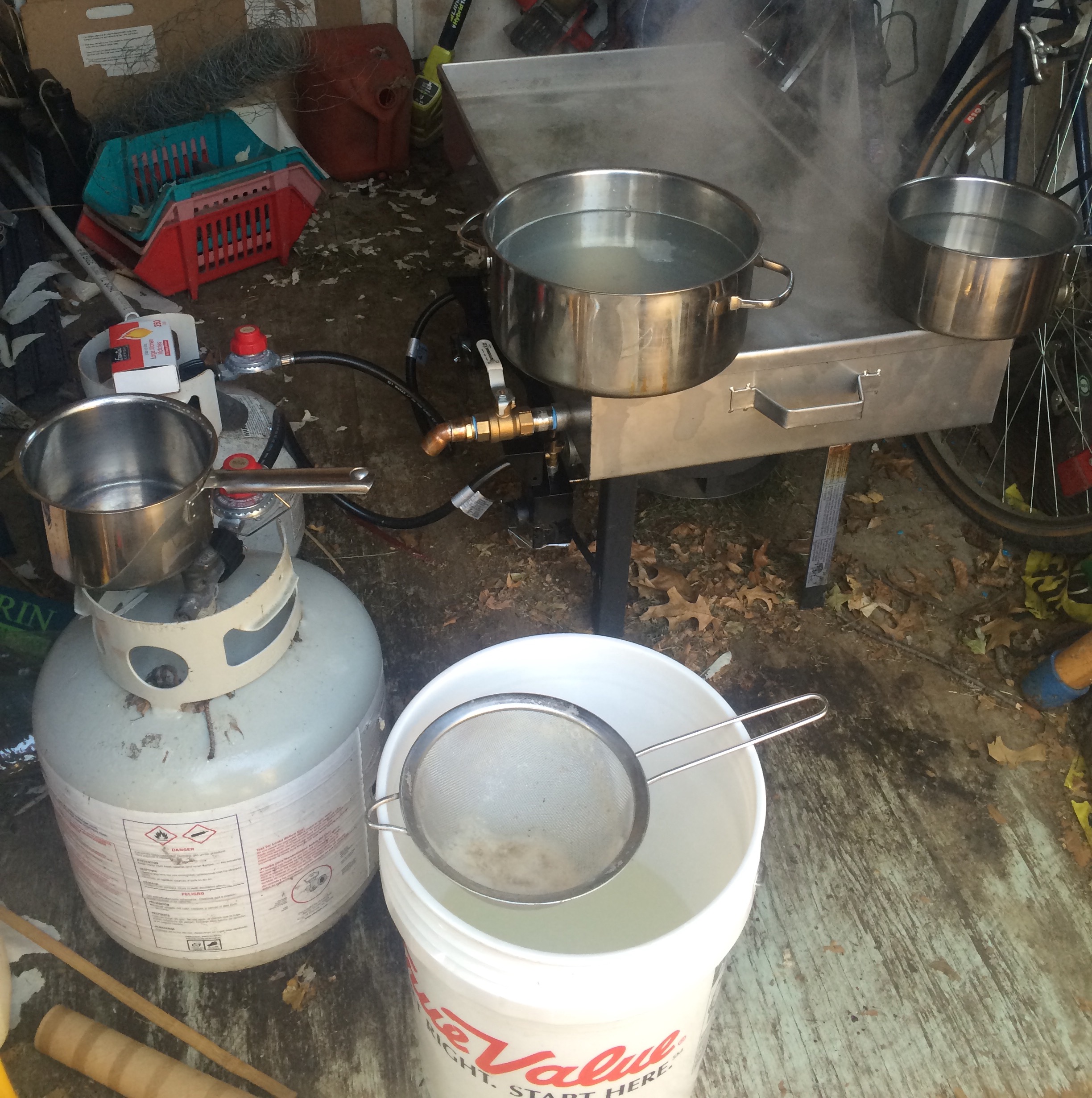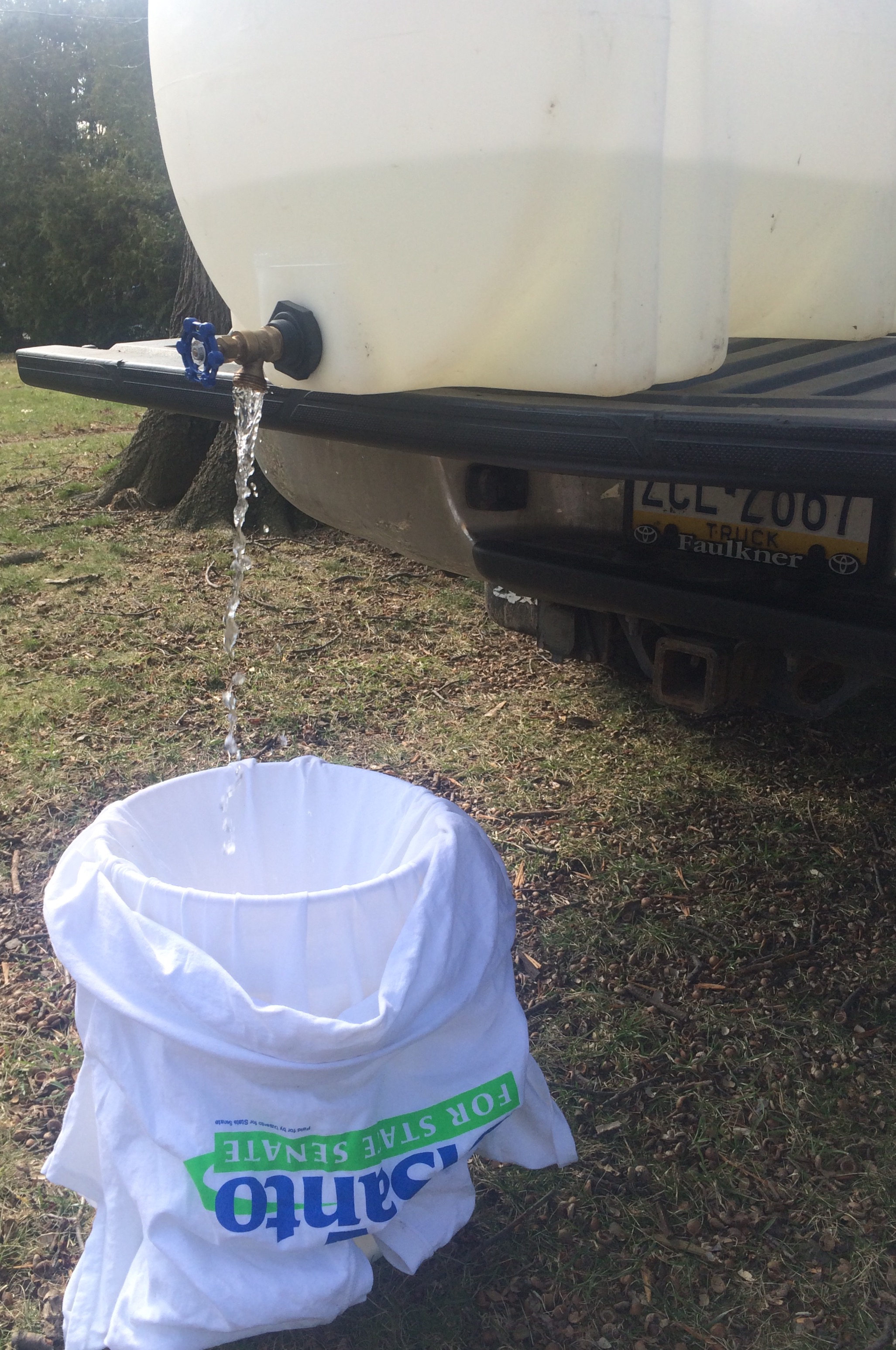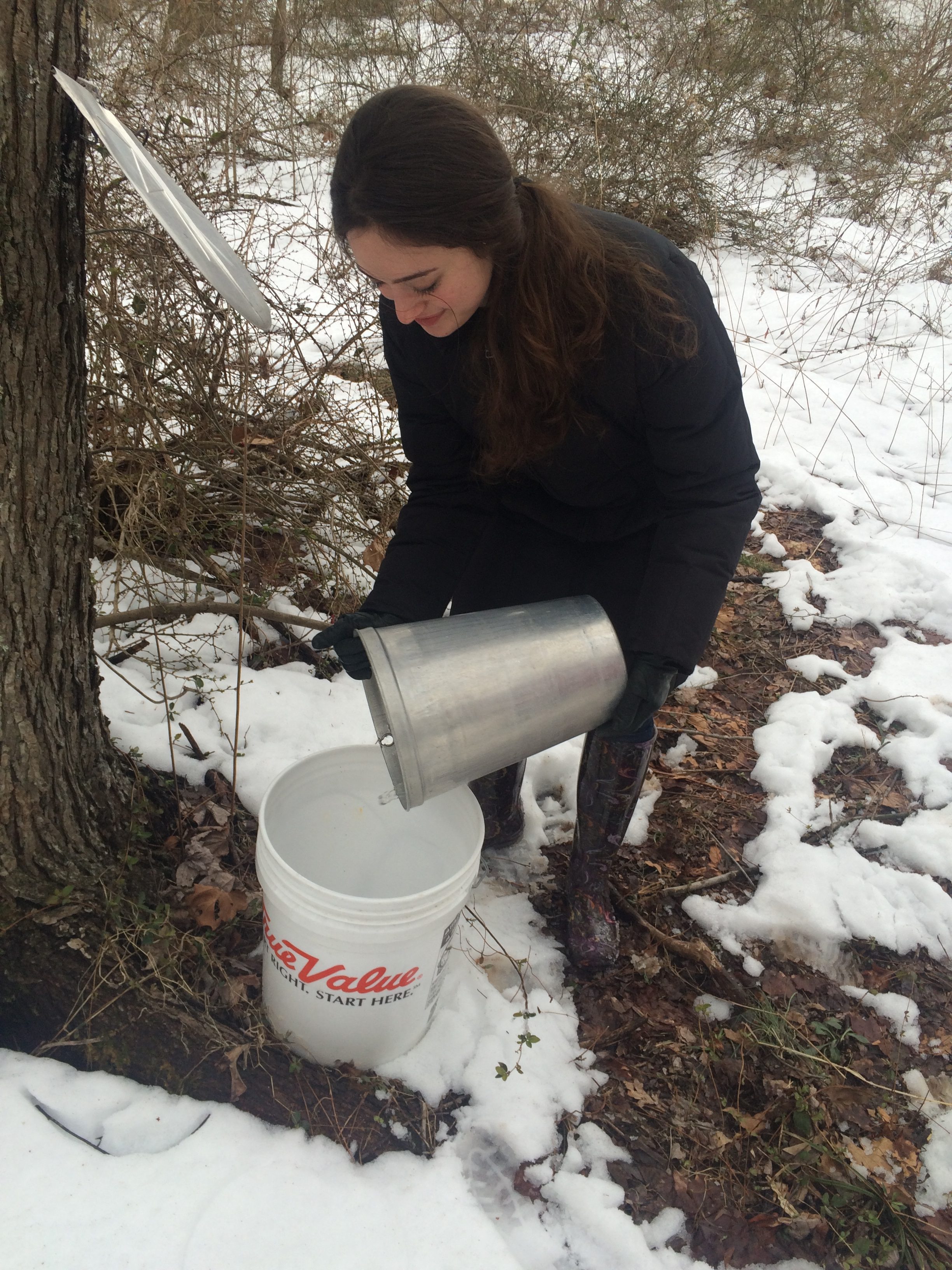Posts Tagged → boil
Maple syrup thoughts
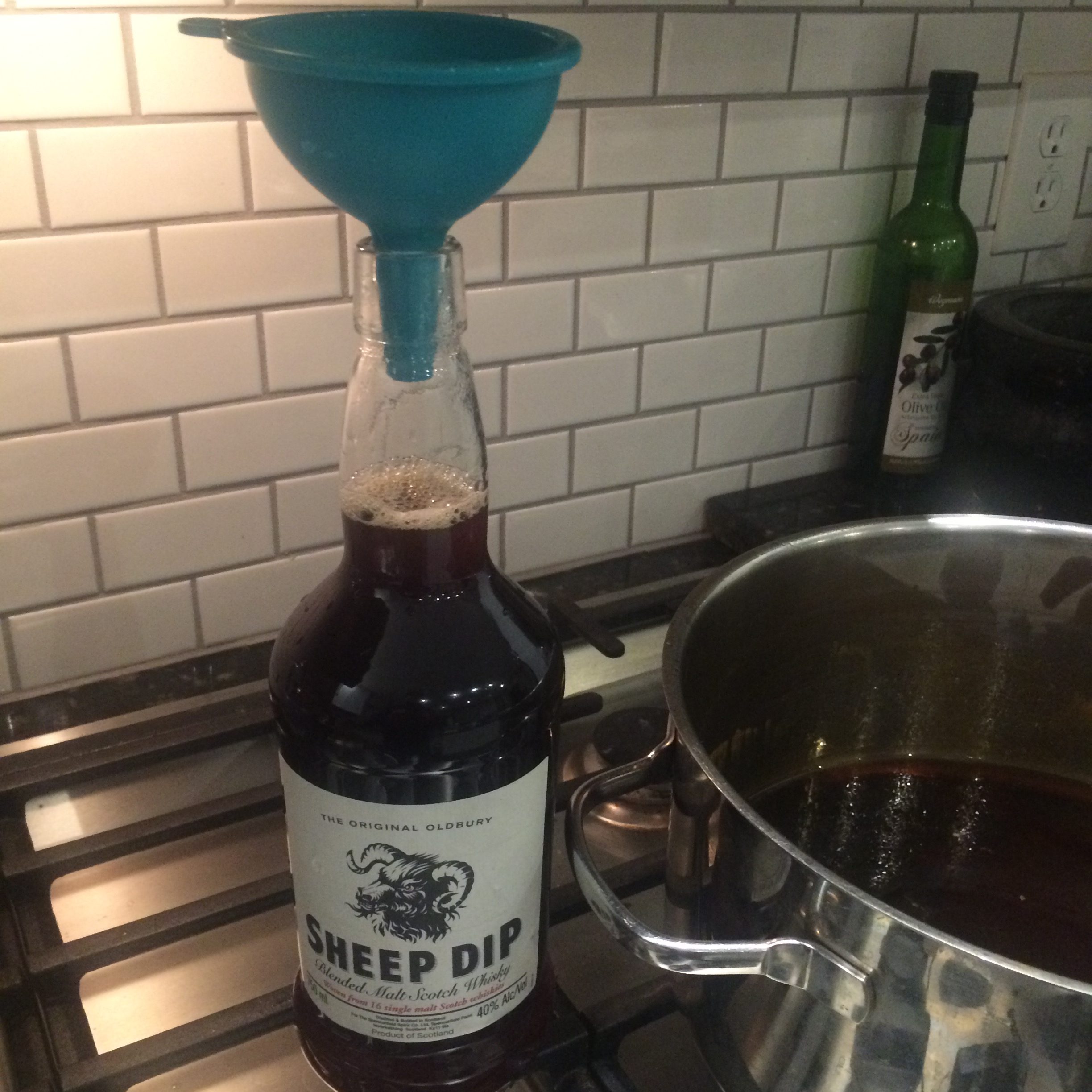
 Yes, I enjoy metaphors, and no, this is no metaphor.
Yes, I enjoy metaphors, and no, this is no metaphor.
Each spring I and my willing victim family members undertake a ritual that might just be the most labor-intensive goal you will ever take here in modern America.
We make maple syrup.
We tap the maple trees in mid January, using traditional buckets, and now also using the plastic spiles and tubing. Then we gather the sap into a big tank in the back of a pickup truck. When we reach about 15-20 gallons of sap, we boil it. It takes a long time, a lot of energy, a lot of propane.
Here are some season-end thoughts, as the last batch evaporates outside in a shed right now:
- Sap production can be erratic, and there is no explanation. Mostly driven by nighttime temperatures, some trees can be just pumping out sap like gangbusters for two to four weeks, and then kind of go dead, or nearly dead. Our late-season taps are the biggest producers right now, while the early taps have mostly dried up. I don’t know why this is, but it is frustrating. We did not get a lot of sap this year, and though I felt uncertain about beginning to tap so early, I am glad we did, because we would not have gathered enough had we not started back in mid January this year. Rumors are Pennsylvania’s maple producers are having a bad sap season, too.
- Cans and plastic tubing each have advantages and disadvantages. Cans get bugs galore, and the lids can get beat up by high winds. The plastic tubing drips down into a container, which can attract curious deer, raccoons, etc, and they can mess with the stuff. Next year we will continue to do both types. One thing, though, we do need bigger containers for the tubing and plastic spiles; they can easily produce a gallon of sap overnight. I hate to see sap spill out on the ground. Almost a Biblical thing…
- From what I read, a lot of syrup producers will not use cloudy sap. Well, we use everything we get, cloudy, clear, bugs swimming about, and we eventually filter out the bugs, wood bits, etc. Regardless of how cloudy it is, when it evaporates down to syrup, it tastes amazing.
- Finally, less is more. Used to be we’d wait until we got 30-35 gallons of sap in the tank to start boiling it, enough to make over half a gallon of syrup. Problem with that is it’s a lot of sap to boil, the way we boil it. We use two large outdoor propane burners under the stainless steel evaporator pan. If we used firewood, it might get hotter or evaporate faster. But then I’d have to cut more firewood, and because we already burn between two and four cords of wood a season in our wood stove, I don’t want to cut and split any more than we really need. So, now when we hit 15 to 20 gallons of sap, we start boiling. It takes about ten to twelve hours, so start as early as possible. This is a manageable amount of time for us.
OK, those are the thoughts for now. Surely as we go forward more will come and go. Here are some photos from the other day, above and below. The sap is boiled and evaporated in a big stainless steel pan, then the condensed syrup is moved inside to the stove top, where we carefully finish it off and pour it into old whisky bottles.
I love the smell of brown sludge in the morning
When I get a snoot full of that brown sludge in the morning, it brings back warm memories. Doesn’t happen all the time. Not as often as I would like. The period for brown sludge is often almost over as soon as it begins, though when I was a kid at Stone Valley Lake, the period lasted for a good eight weeks.
Memories of cold mornings, even cold nights, sometimes lugging a sloshing bucket by headlamp, stumbling through the brush, tripping over vines and branches, picking bugs out of the buckets. Sometimes the bugs concentrate in the buckets, drawn by the smell, and the taste. Trying not to spill it, good God don’t spill it! And then the long nights. Yes, you might start in the daylight, but at six the next morning you were up all night, running for the bucket every ten minutes, tired out, cramping, sleepy.
You see, modern maple syrup is nothing like it was. It is now a victim of technology. Where maybe just five years ago maple syrup producers used fire to boil maple sap down, now they have reverse osmosis machines, and spectrometers and spectrographs that tell the syrup maker how concentrated the sap sugars are, and thus when to start and when to wait longer. When to keep adding to the huge coolers, and freezers, and when to begin condensing.
In the big maple syrup production outfits today, the sap collection is mechanized, run through a spider web of tubing across the sugar bush. The sap is pumped, and gathered in big tanks, then stilled, separated, distilled, purified, filtered over and over, sterilized and then jugged. This is maple syrup today. How it is created looks nothing like how it was made for the past 15,000 years until very recently.
And frankly, as a result of this industrial processing, it no longer tastes like maple syrup. It tastes bland.
Sure, you can try to buy the old Grade B dark brown maple syrup. You remember, surely, the maple syrup that puts the phrase “maple flavor” in maple syrup? You can try to buy it, and some sellers will try to sell it to you. And it will indeed look amber-ish, with a hint of brown. Now they will disclaim it, or add some caveats, or sheepishly try to explain that it is dark for maple syrup “these days,” but it is not quite like what you remember from just a half dozen years ago, let alone your childhood.
And you will taste it, this modern creation, and you will not taste maple syrup. Instead you will taste Maple Product.
Maple Product is the result of the industrialization of even hand-crafted specialties like maple syrup. It is mechanized, industrialized, and heavily filtered, and it has very little real taste. No rich taste, for sure, not the unique and authentic maple taste you came for in the first place.
That is why we have been making our own maple syrup. It started out really small, like when I was a kid using plastic milk jugs hung on string from hand- cut wood spiles. Maybe a couple cups of syrup, and it lasted one day. A treat from Mother Nature, the whole family enjoying it, gathered round like families have over nature’s bounty since time immemorial. A natural and innately healthy moment.
Then I ordered a bunch of old maple buckets with metal spiles, and boiled lots of sap on the stove top. That was a bad idea because the whole house steamed up and smelled vaguely of damp earth. The small amounts of sugar in the steam hardened to a clear armor on everything in the kitchen, and cleaning with water just made it sticky. Getting closer!
Then I ordered a stainless steel evaporator pan from a young guy in the Midwest. Couple hundred bucks and worth every penny. With a threaded spigot and a valve on the end, it can release as much boiled down sap as I want to take to the next stage of boiling. The only filtering we do is from the big sap collection tank in the back of the pickup, through an old cotton tee shirt, and some skimming in the evaporator. Bits of bark, the occasional rogue ant, “stuff” from inside the maple trees is all skimmed off. But what we do not do is filter out the taste.
We gently and carefully finish off the concentrated brown sap inside on the stove top, and then pour the finished syrup into old whisky bottles with cork stoppers. This is real maple syrup, and it is so rich tasting it knocks your socks off. This is what maple syrup used to taste like, and it is what maple syrup is supposed to taste like.
So when I hit the bottom of one of those old whisky bottles because the syrup was mostly poured out over pancakes or hot cereal, then all that remains is the thick brown sludge. This is the stuff you could make maple candy from. My son and I pour cold milk into the bottle, swill it around until the brown sludge has turned the milk brown and slightly viscous, and we heartily quaff it down.
You just can’t beat it.
p.s. sorry we make just enough for our own family use, and we do not sell it. But you can make your own, and because you worked so hard to make it, you will truly enjoy every drop, every molecule, every rich taste you take.
